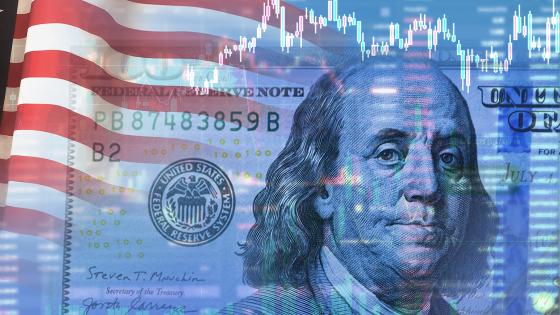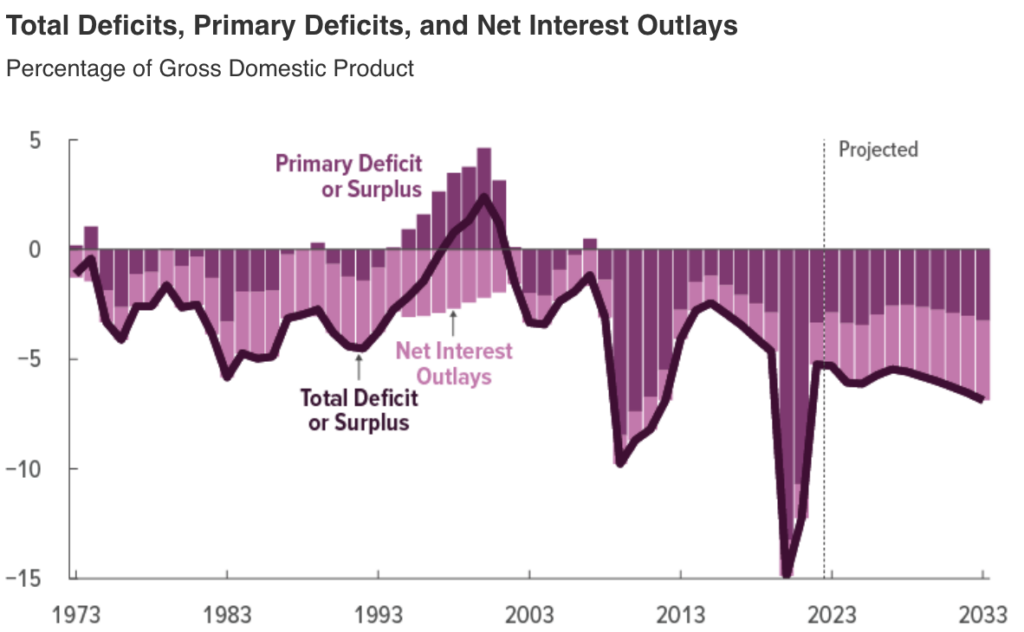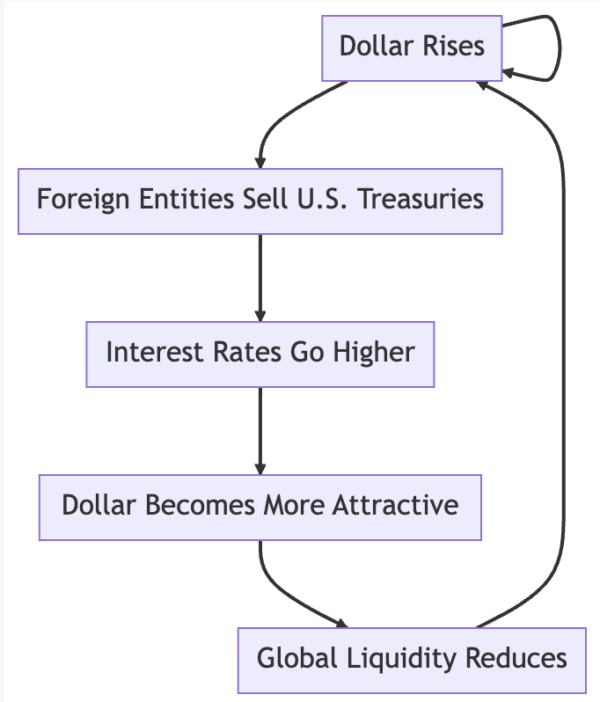
BREAKING: The Dollar Is Making Huge Moves Today

A Financial Tightrope
The dollar’s recent fluctuations have sent ripples through the global economy, and the stakes couldn’t be higher. A recent podcast episode of Macro Voices featuring Luke Groman, a long-term dollar bear, sheds light on the potential ramifications. The discussion delves into the intricate relationship between the dollar’s value, treasury yields, and the global financial system.
The Dollar’s Upward Trajectory: A Double-Edged Sword
The Dollar and Collateral Impact
Luke Groman, a seasoned financial analyst, warns that the dollar’s recent uptick could have a domino effect on collateral and the treasury market. As the dollar rises, the cost of servicing offshore dollar debt also increases. This forces foreign entities to sell what they can, often U.S. Treasuries, to defend their currencies and service their debts.
The Supply-Demand Dynamic
The U.S. is already grappling with a budget deficit that is nearly 8.5% of its GDP. Any upward movement in the dollar exacerbates this by increasing the supply of treasuries. The result? A precarious supply-demand dynamic that could lead to rising interest rates, especially at the long end of the yield curve.

The Doom Loop: A Vicious Cycle
The Treasury-Yield Spiral
As the dollar rises, foreign entities are compelled to sell U.S. Treasuries to acquire dollars, pushing interest rates higher. This, in turn, makes the dollar even more attractive, reducing global liquidity. The cycle repeats, creating a “Doom Loop” that could potentially destabilize financial markets. A rising dollar could force the U.S. government to issue more treasuries to cover exploding deficits, especially if the global economy slows down. This adds fuel to the fire, making the Doom Loop even more perilous.

The Resistance Level: A Financial Litmus Test
The Technical Perspective
The dollar recently broke through a significant resistance level around 105.6 on the DXY index. If it sustains above this level, the next resistance could be as high as 112 or 113. Breaking through these levels could trigger discussions of a new Plaza Accord, a coordinated effort to devalue the dollar. If the dollar drops back below the 105.6 level and stays there, it could ease the pressure on foreign entities to sell U.S. Treasuries. This would be a welcome relief, potentially reversing the Doom Loop and giving the global economy some breathing room.
The Stock Market: A Ticking Time Bomb?
Historical Precedents
October has historically been a volatile month for stock markets, with crashes in 1929 and 1987 serving as stark reminders. One common factor in these crashes was rising interest rates, precisely what we’re witnessing now. Rising interest rates decrease the value of U.S. Treasuries, which serve as collateral for euro-dollar banks. With less valuable collateral, these banks struggle to supply the same amount of dollar liquidity, creating a potential trigger for a stock market crash.
The dollar’s recent movements are not just numbers on a screen; they’re a barometer for global financial stability. The situation is fluid, and the stakes are astronomical. Monitoring these developments isn’t just advisable; it’s imperative.
